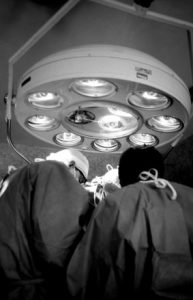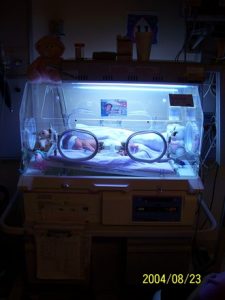A jury in Chicago awarded $5.4 million to a man who suffered serious back and groin injuries after he slipped and fell on a slick of diesel oil on the ground at a rail yard.
The original verdict was for $9 million, but was lowered by a percentage based on plaintiff’s p urported contributory negligence that factored into the fall’s causation.
urported contributory negligence that factored into the fall’s causation.
Plaintiff sued the railroad company for allegedly failing to provide him with the appropriate tools and a safe workplace while he was repairing a leak on site as an independent contractor back in April 2011. The case highlights the fact that although work-related injuries are often compensable only via workers’ compensation benefits, there are sometimes legal avenues to pursue claims against third-parties, such as property owners or general contractors. Continue reading
 Boston Personal Injury Attorney Blog
Boston Personal Injury Attorney Blog












